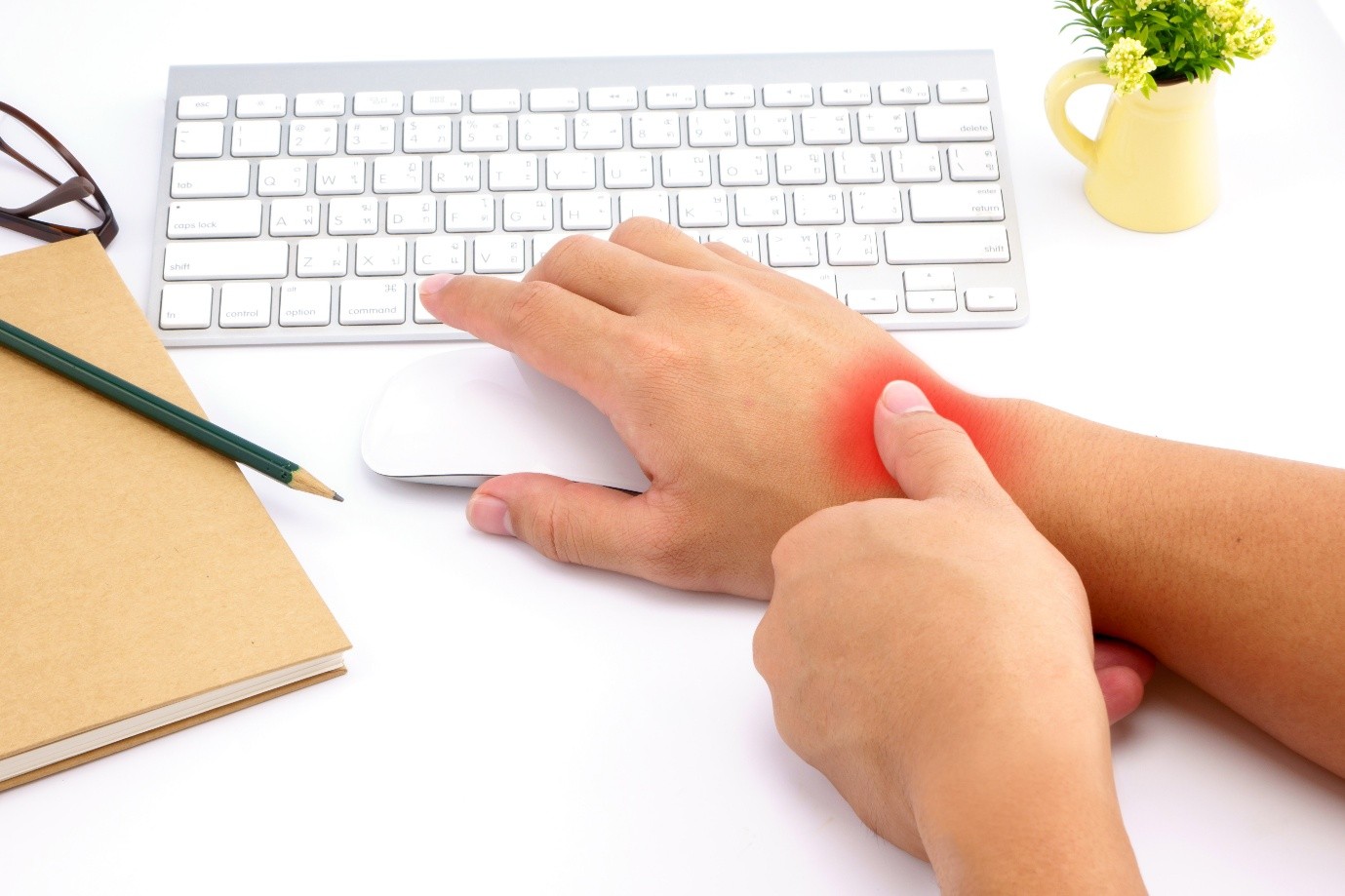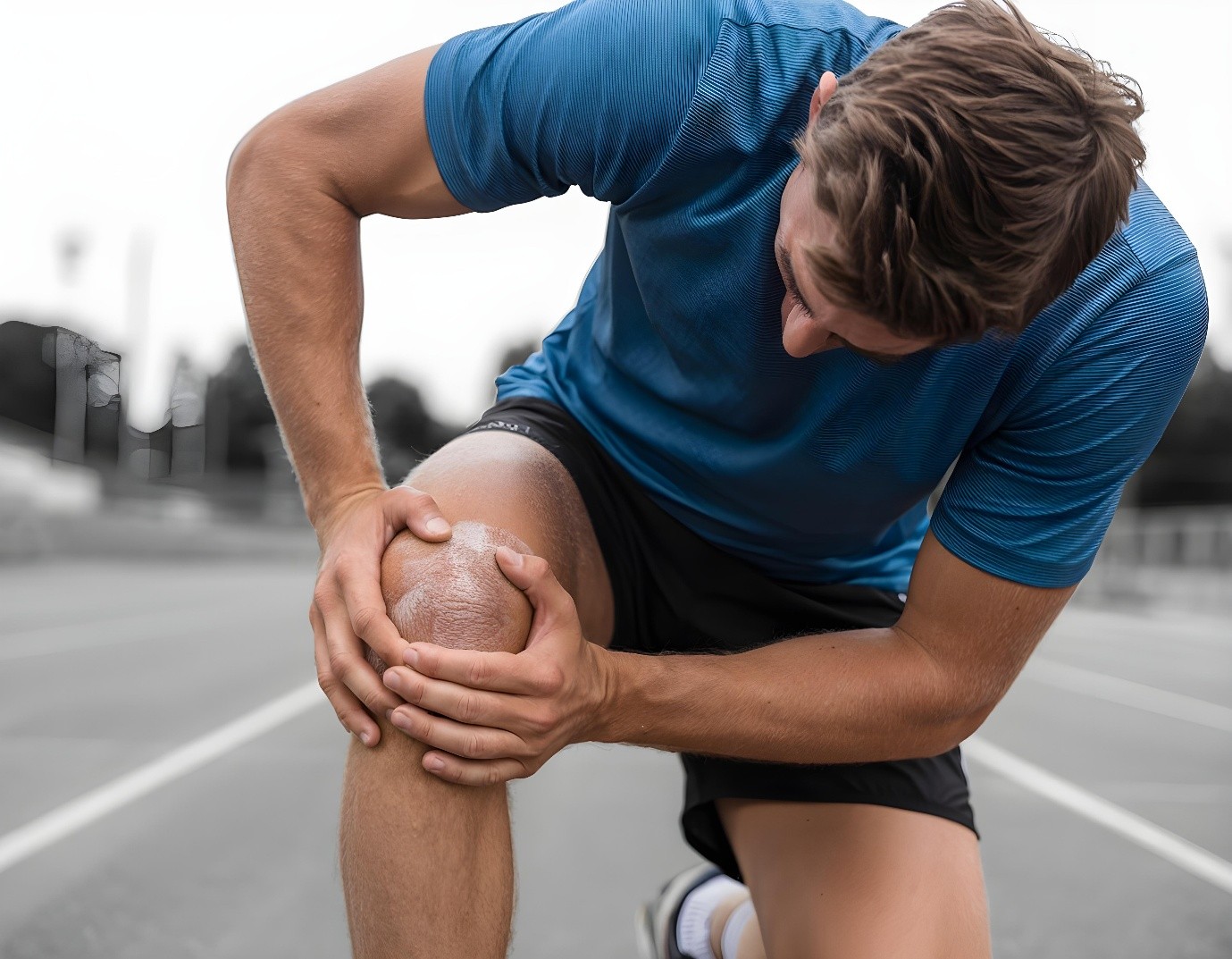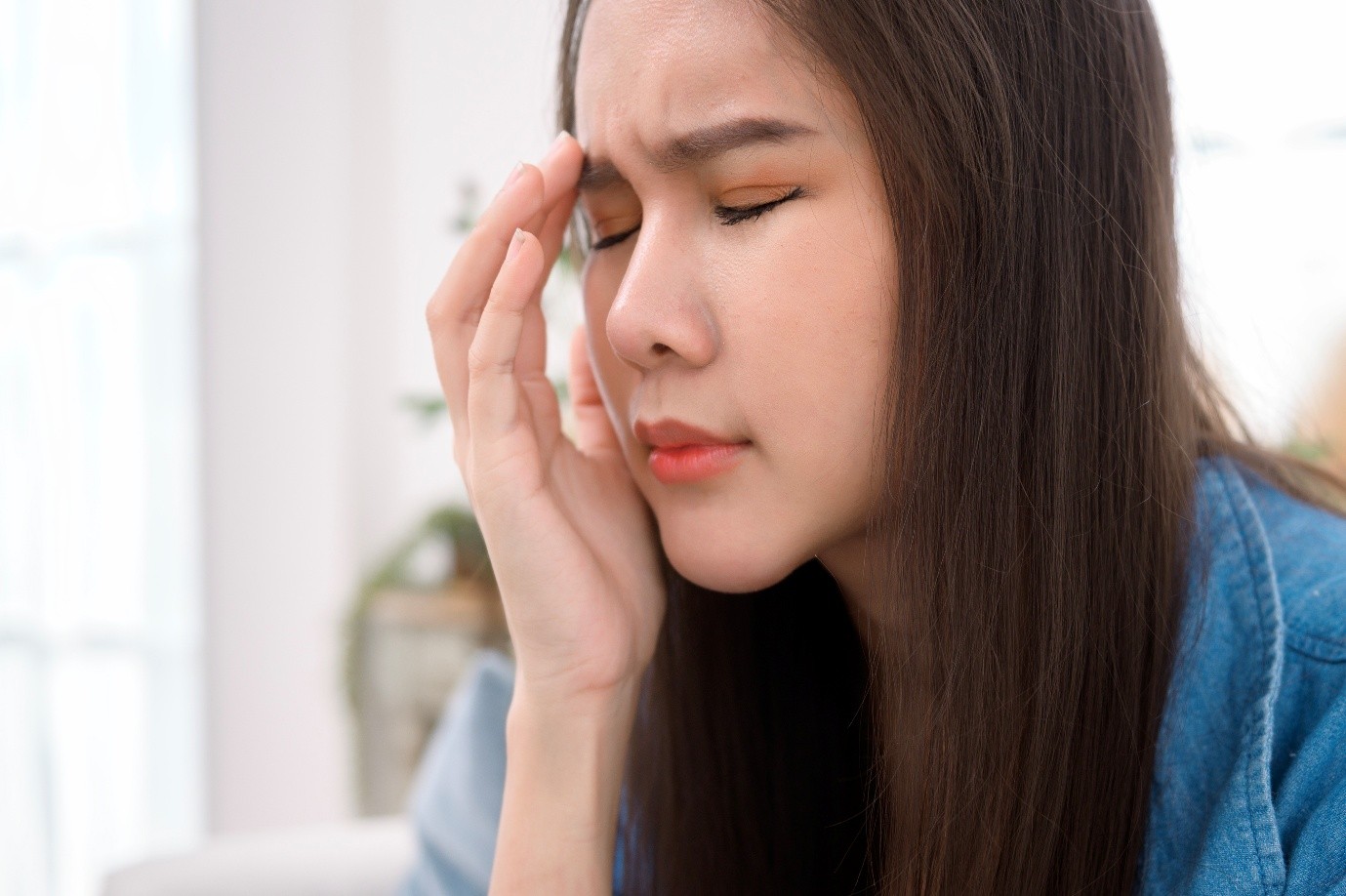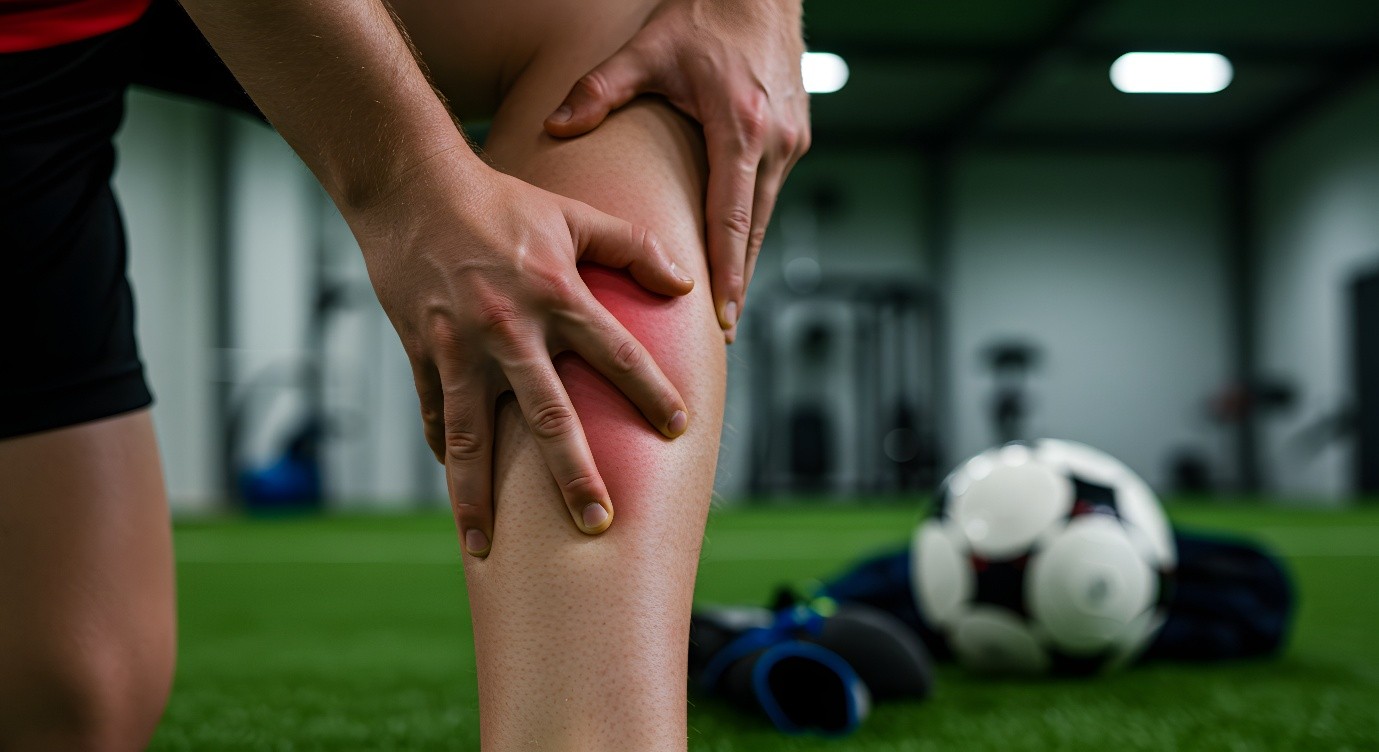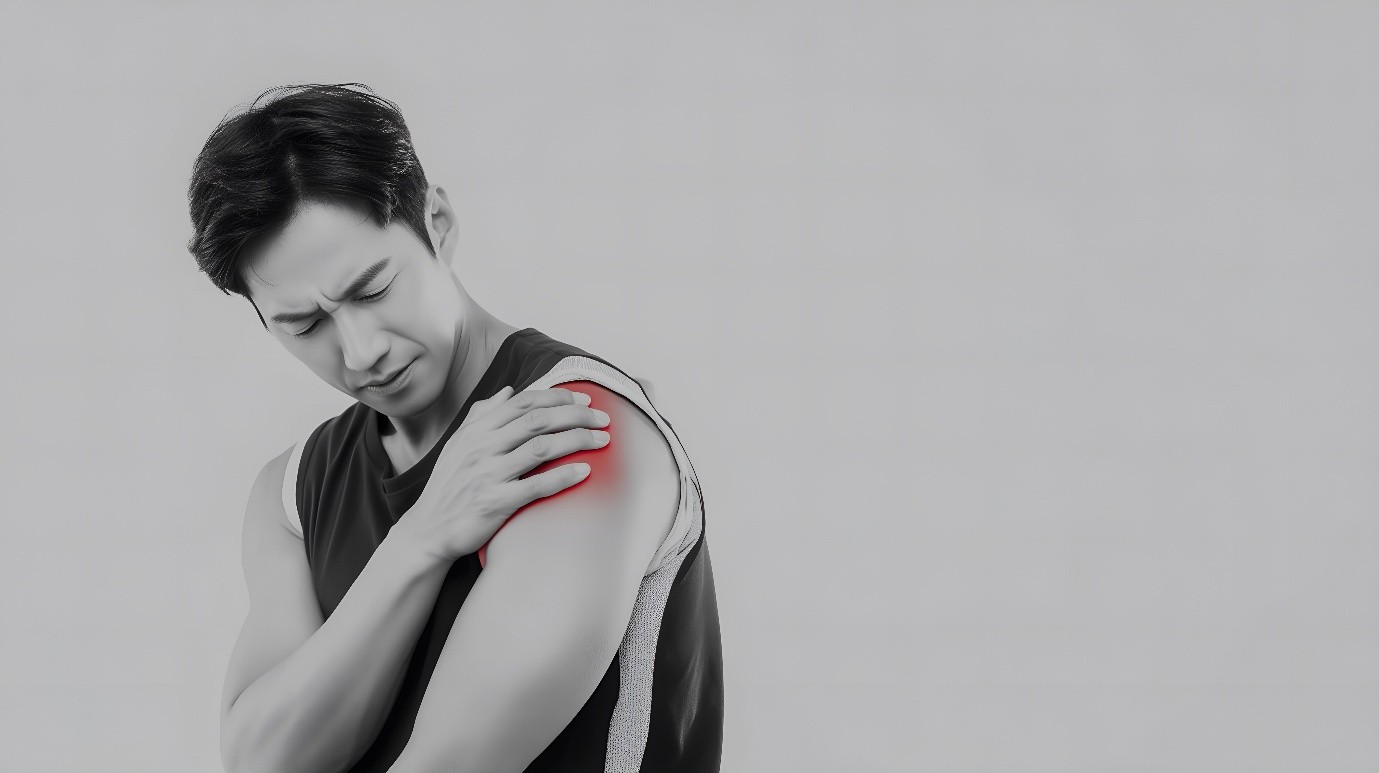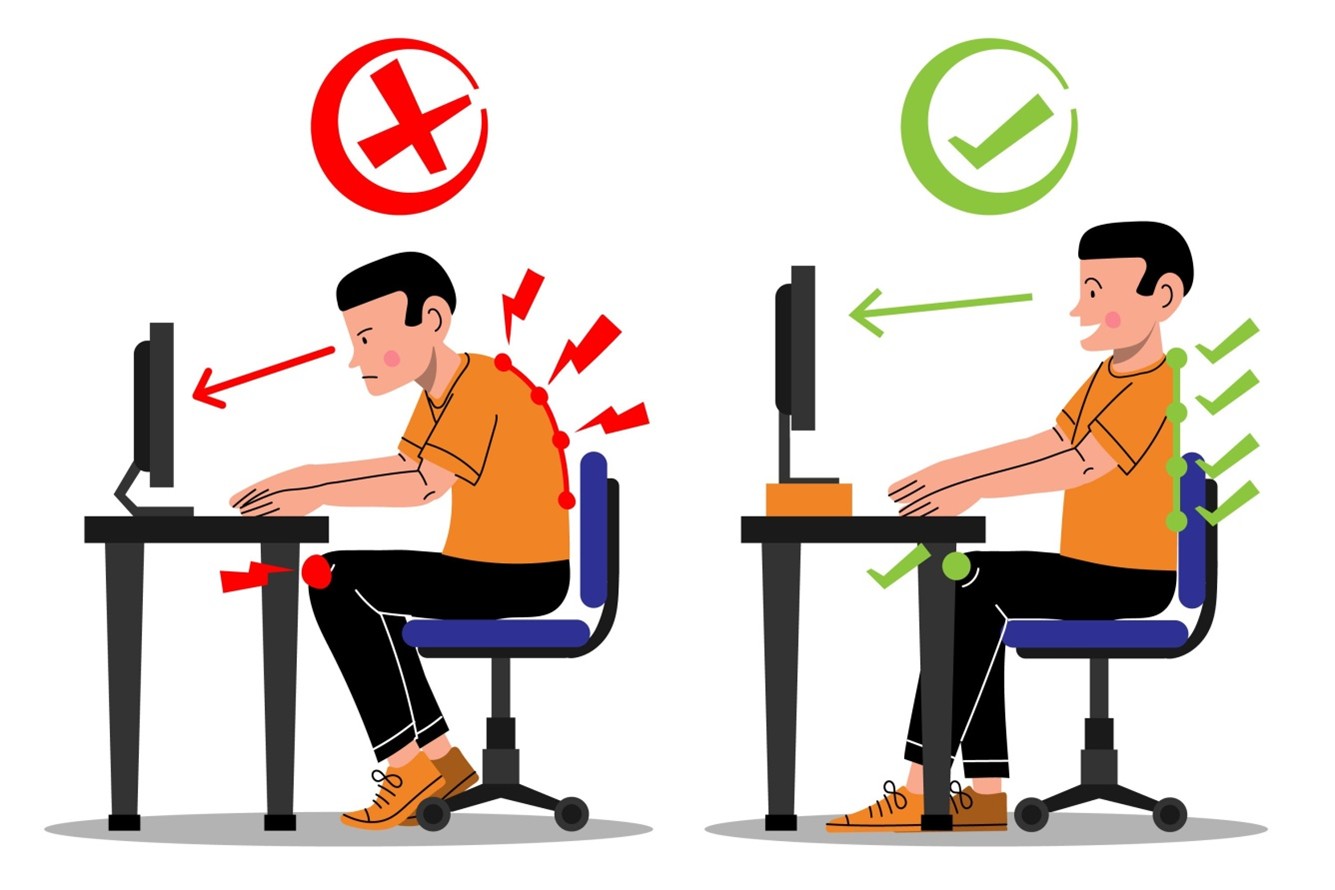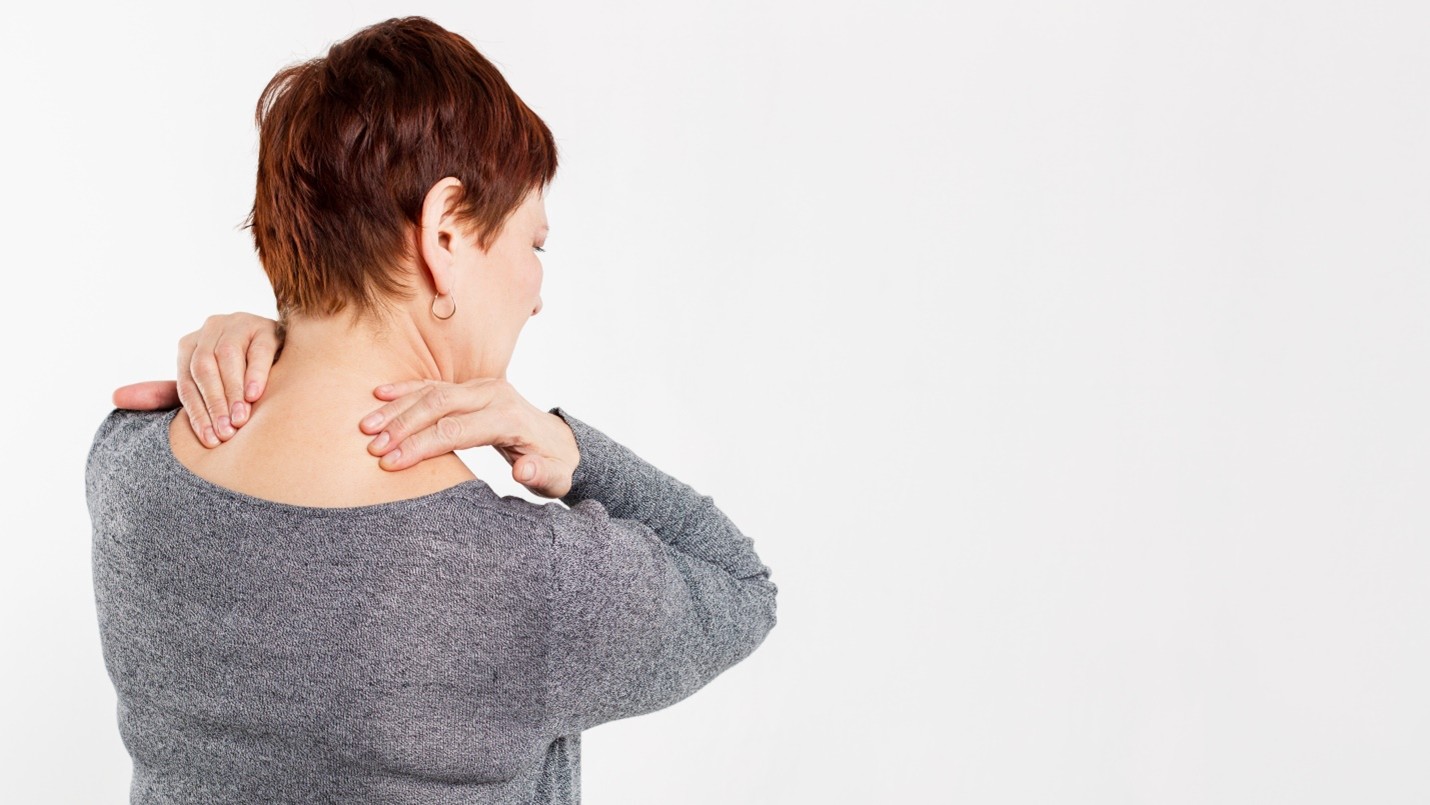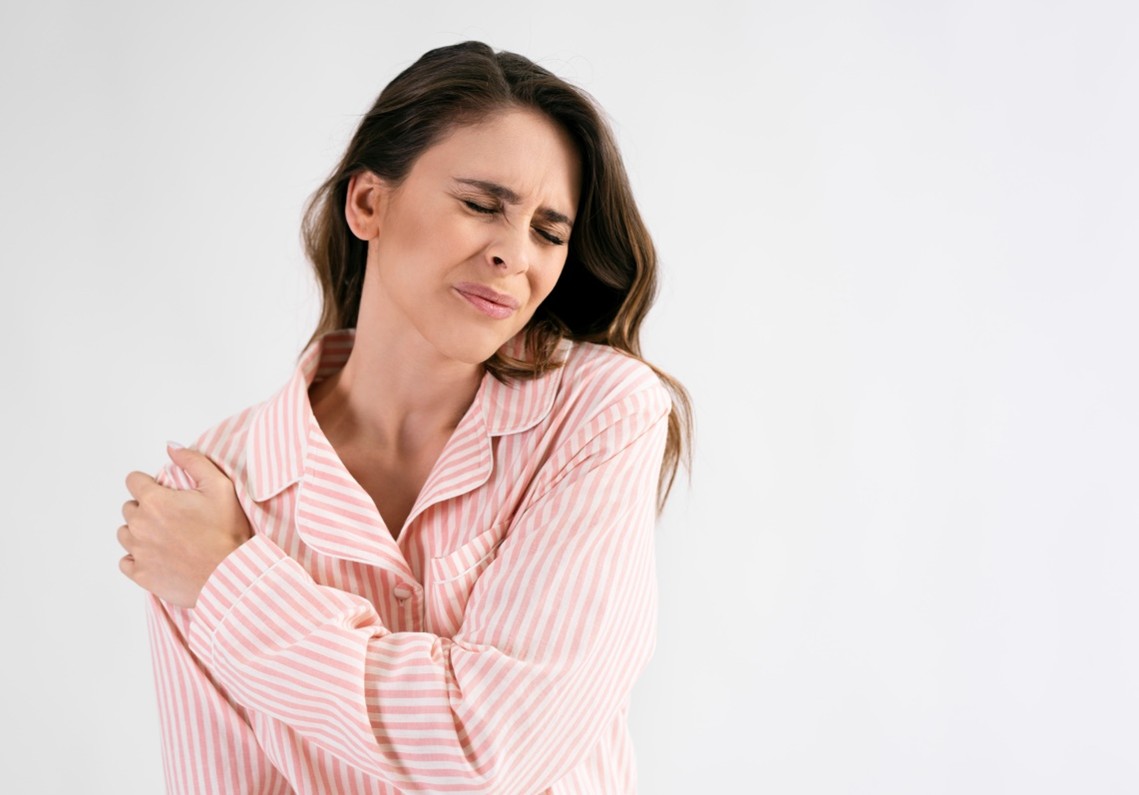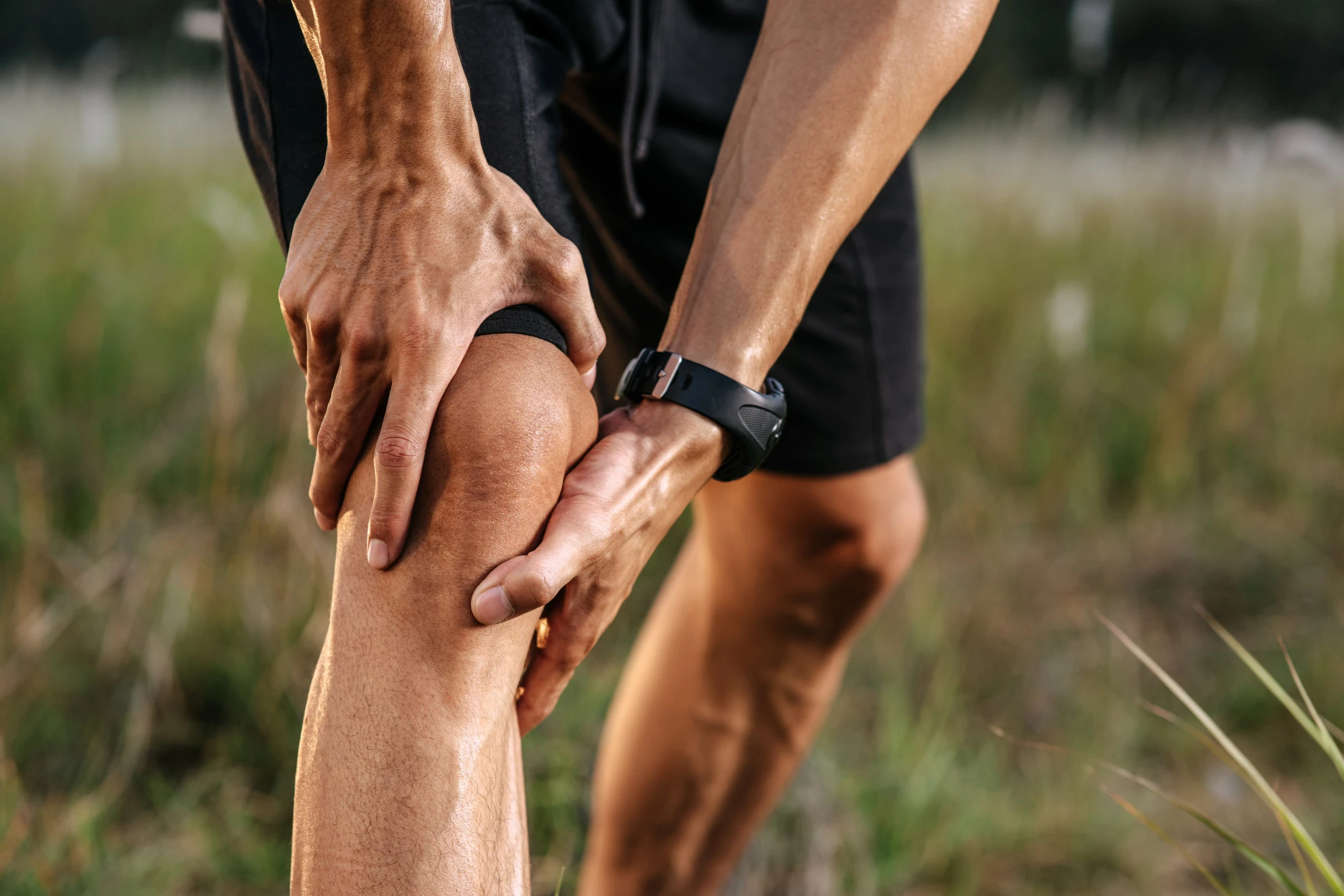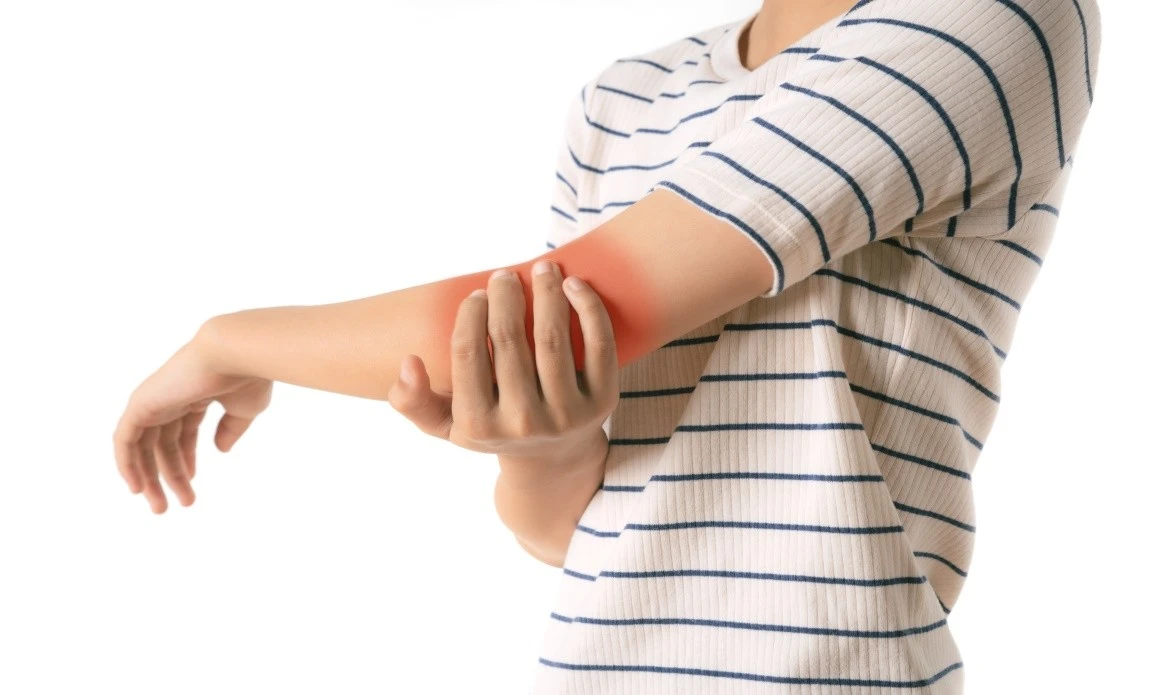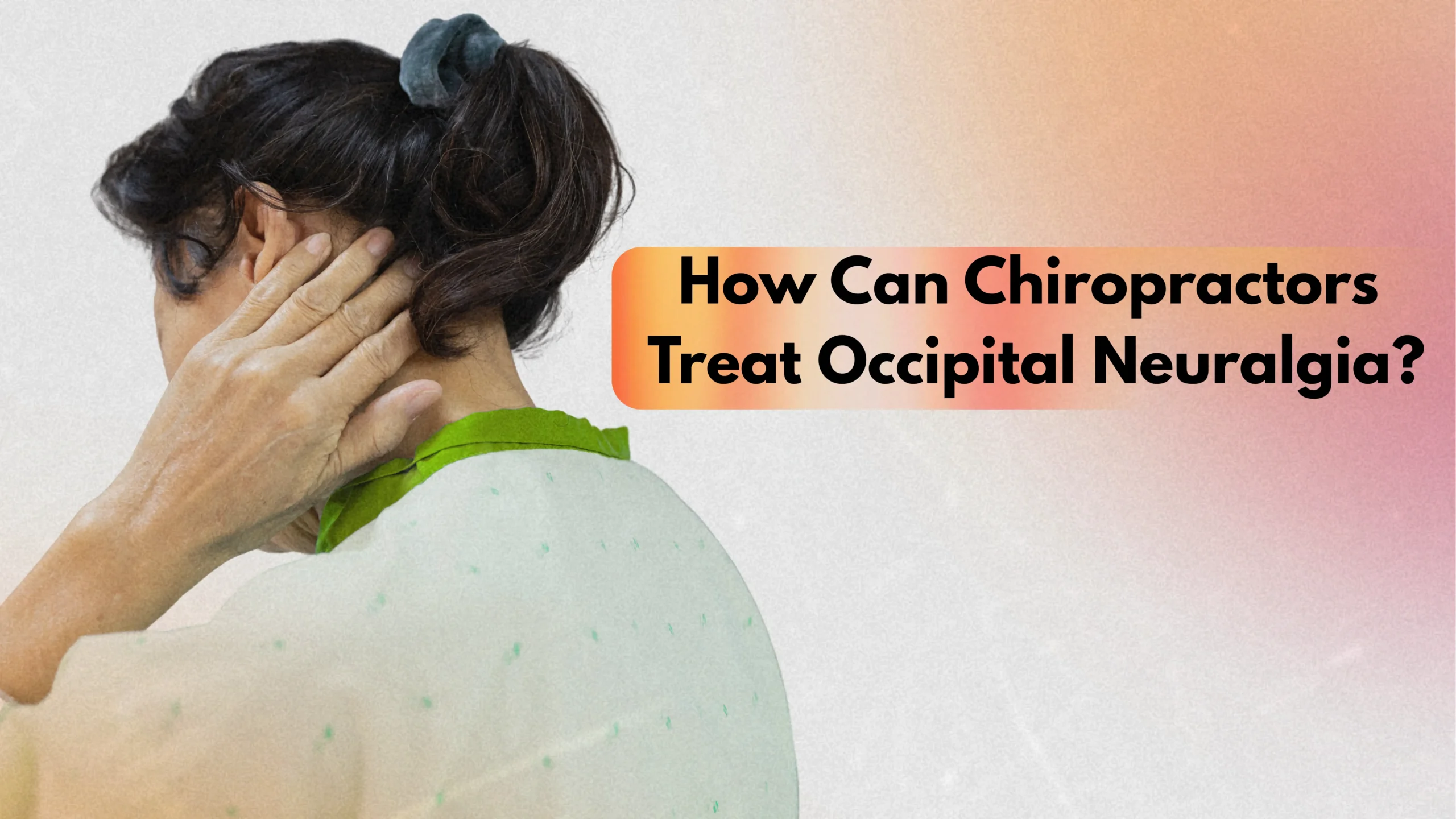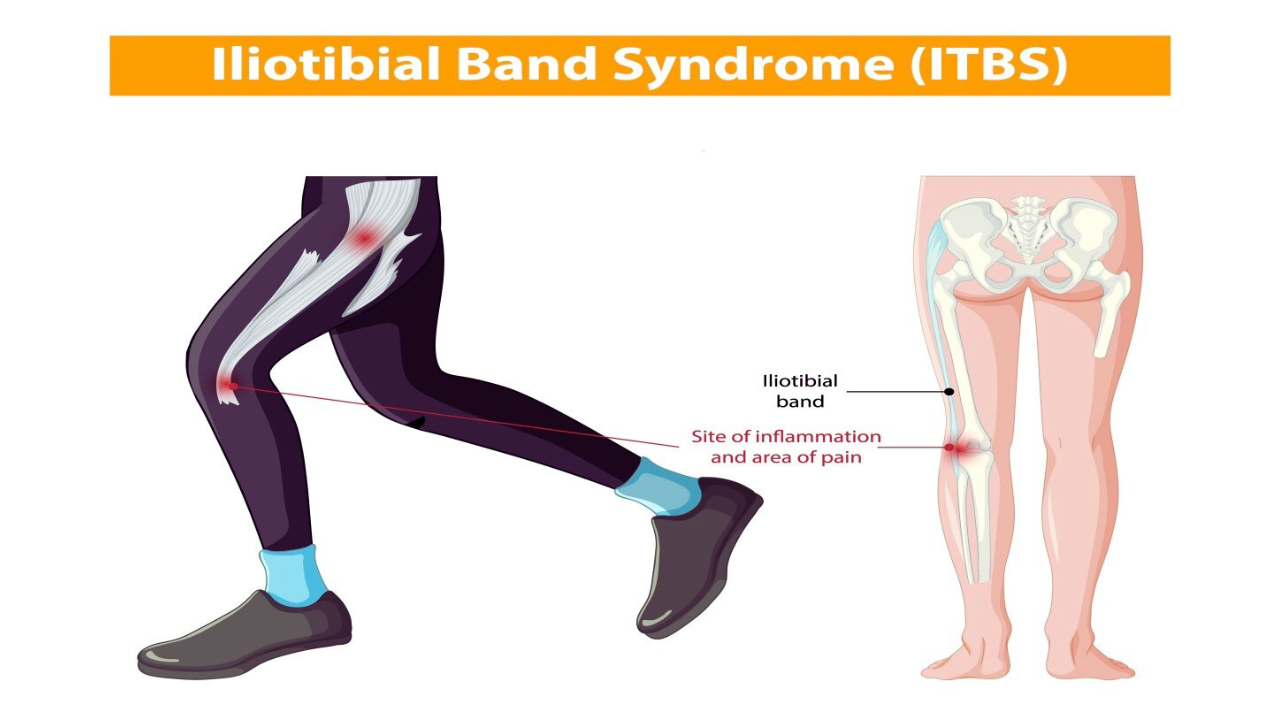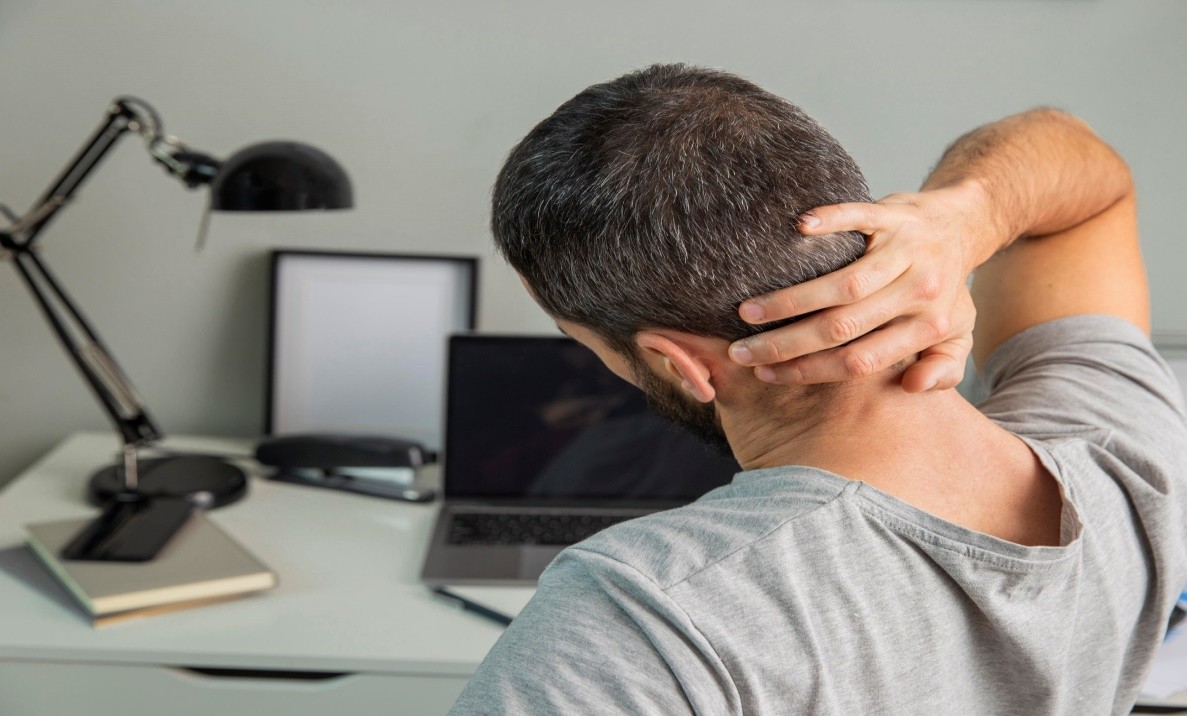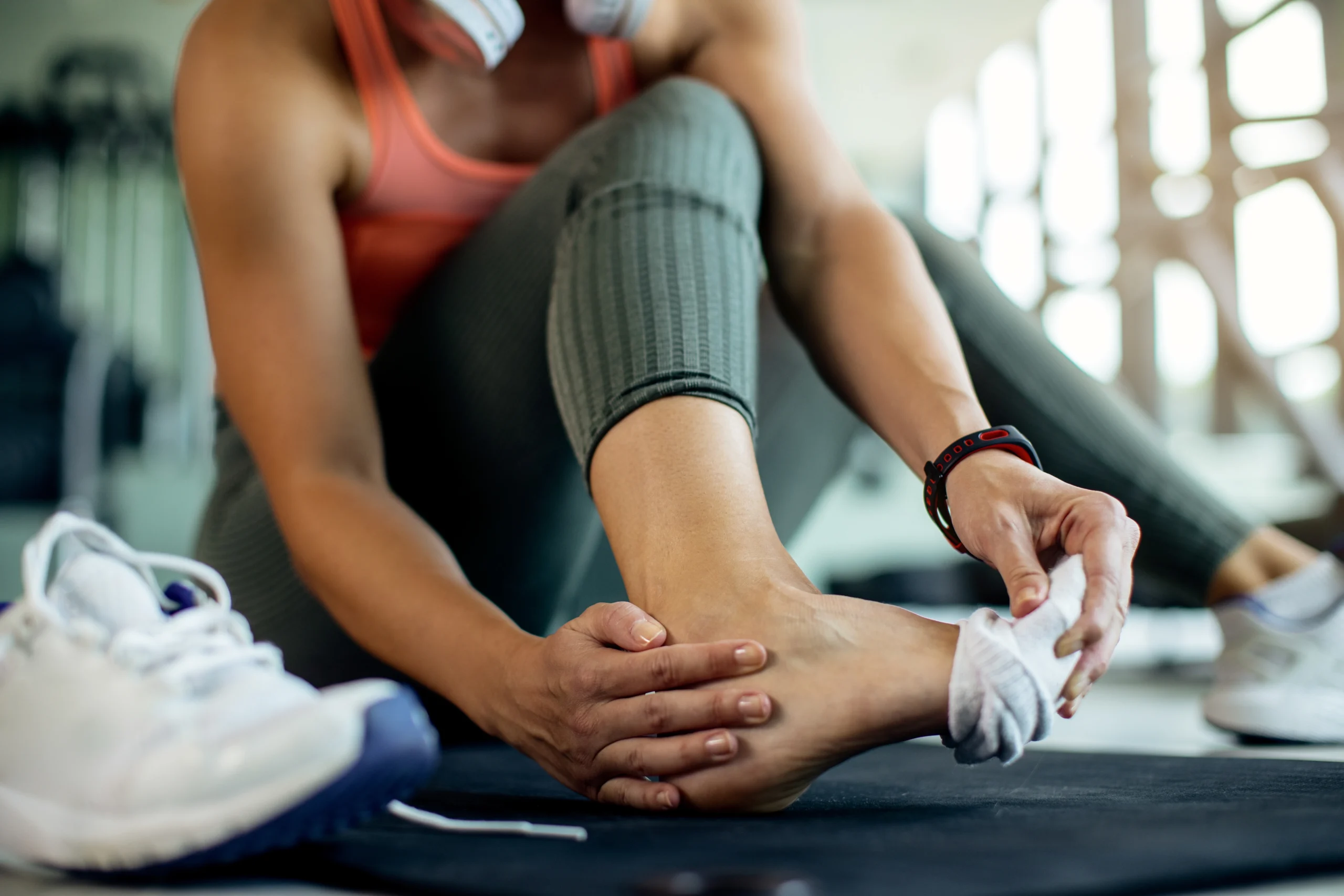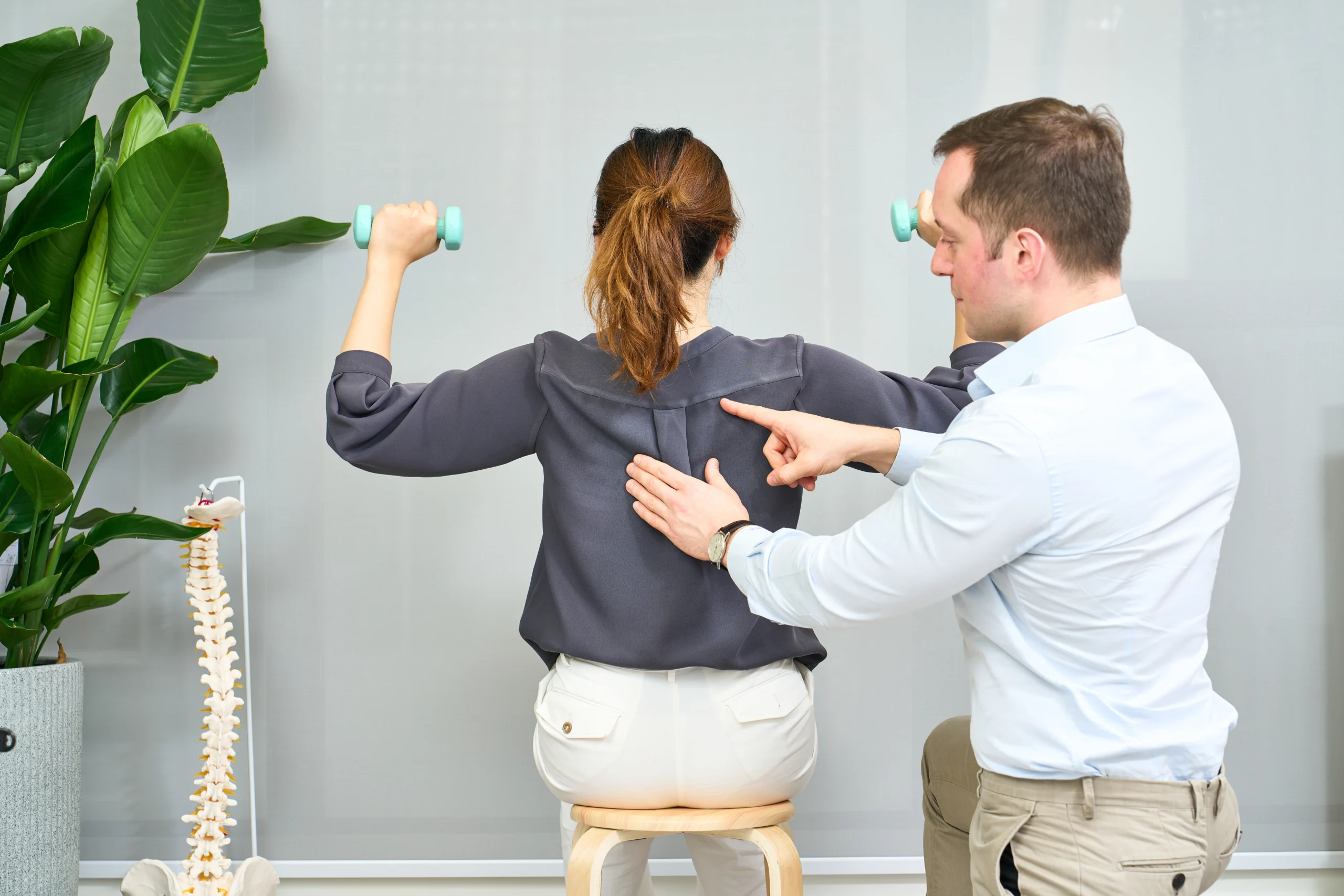Bone spurs, also called osteophytes, are bony growths that develop along the edges of bones, usually where bones meet at the joints. While they are common, especially as we age, they can lead to stiffness, pain, and reduced range of motion if they irritate surrounding tissues like nerves, tendons, or muscles.
Although bone spurs can develop anywhere in the body, they most commonly appear in areas like knees, spine, hips, heels, and shoulders. Many people have bone spurs without any symptoms, but in cases where they can create problems, chiropractic care can offer a non-invasive solution to manage and alleviate discomfort.
Let’s explore the causes of bone spurs and how chiropractic care can help address the issues they cause.
What Causes Bone Spurs?
Generally, bone spurs develop as response to damage in the joint area. While the exact cause can vary based on the individual and the affected areas, several common factors contribute to their formation:
1. Osteoarthritis (Wear and Tear)
Osteoarthritis is a common cause of bone spurs, a condition that leads to a slow breakdown of cartilage in the joints. Cartilage acts as a cushion, preventing bones from rubbing against each other. Bones can start to rub together when cartilage deteriorates, causing the body to form bone spurs.
2. Age-Related Changes
With age, the wear and tear on the body can lead to the breakdown of cartilage, resulting in bone spurs. It’s common for bone spurs to develop in weight-bearing joints like hips, knees, and spine.
3. Joint Instability or Injury
Joint instability or injury can cause the formation of bone spurs. When a joint is unstable or has been injured, the body might try to stabilize the area by generating extra bone tissue. This can occur after ligament tears, fractures, or muscle imbalances.
4. Poor Posture and Abnormal Movement Patterns
Over time, poor posture and repetitive movements can place excessive pressure on joints, which may result in bone spur formation. For instance, a stooped posture or constantly leaning to one side can put extra pressure on the hips or spine, contributing to bone spur development.
5. Overuse and Repetitive Motion
People who engage in repetitive activities, such as athletes or individuals with physically demanding jobs, may be at higher risk of struggling with bone spurs. For instance, runners or those who do a lot of twisting or jumping may develop bone spurs in their feet or knees.
Bone Spur Symptoms
While some bone spurs don’t cause symptoms, they can result in several discomforts if they press on nearby nerves, muscles, or tendons. Here are some common symptoms:
- Pain in the affected joint, which may worsen with pressure or movement
- Stiffness in the joint
- Swelling around the affected area
- Numbness or tingling, if the spur presses on a nerve
Should You See a Chiropractor for Bone Spurs?
If you are struggling with bone spurs, you can definitely get in touch with a Chiropractor Central Hong Kong. While there is no “bone spur treatment”, Chiropractors at Agape Chiropractic Hong Kong specialize in diagnosing symptoms that can be directly or indirectly caused by bone spurs, and offer treatments to help alleviate those symptoms. They can provide effective solutions to identify the discomfort caused by bone spurs. Here’s how chiropractic treatments can help:
- In cases where bone spurs form in other areas of the body, such as the knees or shoulders, chiropractors can use gentle joint manipulation and mobilization techniques to improve the range of motion, reduce stiffness, and alleviate pain caused by bone spurs.
- Chiropractors can also use soft tissue therapies such as massage, myofascial release, or trigger point therapy to relax the muscles surrounding the joint with bone spurs. They can also offer effective physical agent modality treatments such as ultrasound therapy and interferential current therapy.
- Chiropractors can guide patients in improving their posture and teaching them ergonomic movements to avoid excessive strain on the joints.
Conclusion
Bone spurs may be a common joint wear and tear, but they don’t have to lead to chronic pain or immobility. If you are experiencing pain from bone spurs or have been diagnosed with osteoarthritis, consider visiting a chiropractor at Agape Chiropractic Hong Kong for a consultation.
Other Useful link:

